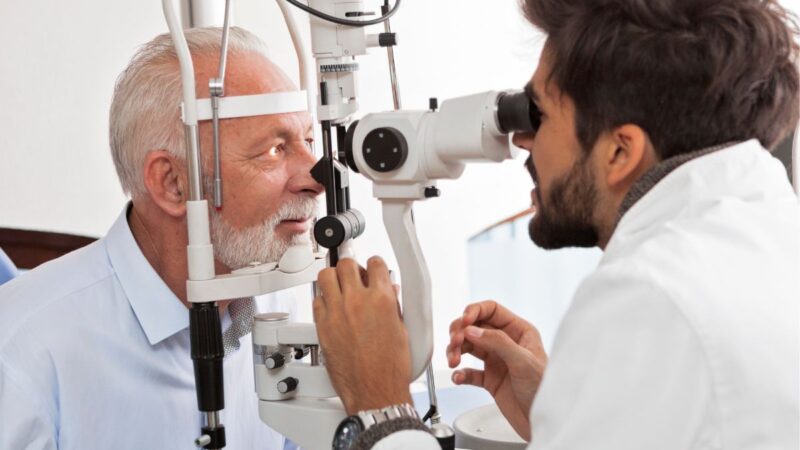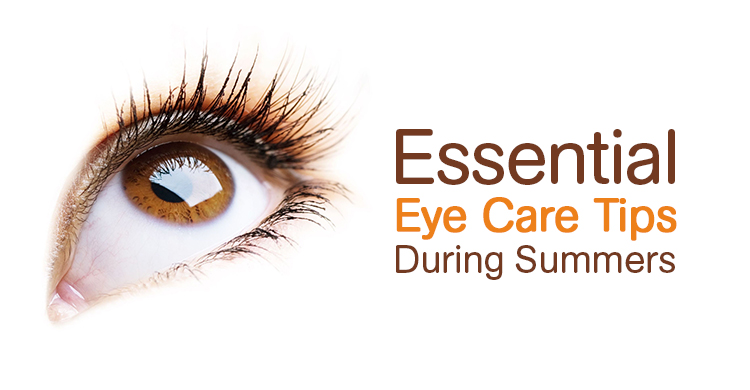The Total Malfunction of Retina Disorders and Exactly How They Affect Your Vision
Retina disorders can interrupt this fragile process, leading to an array of vision disabilities. By exploring the composition of the retina, common conditions that can impact it, their causes, signs, and available therapy options, we can get valuable understandings into protecting and protecting our vision.
Introduction of Retina Anatomy
The intricate framework of the retina works as the foundation for visual assumption and plays a vital role in the procedure of transforming light into neural signals for the brain to analyze. Located at the back of the eye, the retina includes a number of layers that interact seamlessly to assist in vision. At the core of this intricate structure are photoreceptor cells referred to as poles and cones. Poles are in charge of vision in low light problems and detecting motion, while cones are necessary for shade vision and detailed visual acuity. These photoreceptor cells convert light energy into electric signals that are after that refined by various other retinal cells, such as bipolar cells and ganglion cells. The bipolar cells transmit signals from the photoreceptors to the ganglion cells, which in turn send these signals with the optic nerve to the brain for aesthetic handling. Recognizing the detailed makeup of the retina is basic in comprehending exactly how vision features and exactly how various retina conditions can influence aesthetic assumption.

Typical Retina Disorders
Retina conditions include a variety of conditions that impact the elaborate structure of the eye in charge of visual processing. One common disorder is age-related macular deterioration (AMD), a leading reason for vision loss in people over 50. AMD affects the macula, a component of the retina vital for sharp main vision, causing blurriness or dead spots in the central visual field.
One more common condition is diabetic person retinopathy, taking place in people with diabetic issues. High blood glucose levels harm the capillary in the retina, causing vision disability or blindness if left untreated. Retinal detachment is a serious problem where the retina draws away from its typical position, causing a sudden onset of advances, flashes of light, or loss of vision in a curtain-like pattern.
Lastly, retinitis pigmentosa is a team of congenital diseases that trigger the malfunction and loss of cells in the retina, resulting in night loss of sight and a progressive narrowing of the visual area - cardiologist andalusia. Recognizing these typical retina disorders is critical in protecting vision and looking for prompt medical intervention
Causes of Retina Disorders
Numerous aspects add to the development of retina disorders, consisting of hereditary predispositions, way of living options, and underlying wellness problems. Hereditary tendencies play a substantial role in numerous retina conditions, such as retinitis pigmentosa and macular degeneration. Individuals with a family members background of these conditions go to a higher threat of developing them as a result of inherited genetic mutations impacting the retina's feature.
Lifestyle options can additionally affect retina wellness. Smoking cigarettes, for example, has actually been connected to an enhanced danger of age-related macular deterioration, a common retina condition that can bring about vision loss. Poor dietary practices lacking crucial nutrients like vitamins right here A, C, and E, as well as omega-3 fatty acids, can likewise add to the development of retina disorders.
Hidden wellness problems, such as diabetes and hypertension, are known to impact the retina. Diabetic retinopathy, a difficulty of diabetes, can cause damage to the blood vessels in the retina, causing vision problems. In a similar way, hypertension can result in hypertensive retinopathy, where hypertension influences the blood vessels in the retina, potentially causing vision problems. Understanding these causes is vital in protecting against and taking care of retina problems.
Signs and Diagnosis
Provided the significant impact that triggers such as genetic predispositions, way of living selections, and underlying health and wellness conditions can carry the growth of retina conditions, it is important to recognize the signs and symptoms and make use of reliable diagnostic methods for very early detection and management. Signs and symptoms of retina conditions can vary relying on the particular condition yet may include obscured or distorted vision, the abrupt appearance of drifters or flashes of light, a dark area in the center of your vision, or a steady loss of central vision. If you experience any one of these signs, it is important to look for instant clinical interest.
Detecting retina conditions generally entails an extensive eye examination, which may consist of visual skill tests, dilated eye examinations, click for info optical comprehensibility tomography (OCT), fluorescein angiography, or various other imaging examinations. Your eye care copyright might likewise ask about your case history and any type of family history of eye problems. Early discovery through routine eye exams is essential to protecting against vision loss and managing retina problems efficiently. Your health care copyright will work with you to establish an individualized therapy plan to preserve your vision. if identified with a retina condition.

Treatment Choices and Monitoring
Efficient management of retina disorders includes a diverse strategy that incorporates tailored treatment choices to resolve specific conditions and preserve aesthetic feature. Therapy alternatives for retina problems vary depending upon the underlying cause and intensity of the problem. In instances of retinal detachment, medical treatments such as vitrectomy or scleral fastening might be necessary to avoid and reattach the retina vision loss. For conditions like age-related macular degeneration (AMD), treatments like anti-VEGF injections or laser therapy can help decrease disease progression and preserve remaining vision.
Normal eye examinations and very early detection of retina conditions are essential for successful monitoring and treatment results. Patients with retina conditions need to work closely with their eye doctor to establish a personalized treatment strategy that addresses their particular demands and aids preserve ideal aesthetic function.
Final Thought
In verdict, understanding the composition of the retina, usual disorders, causes, signs, medical diagnosis, and therapy options is vital in managing vision disabilities. Retina conditions can dramatically impact vision and quality of life, making early discovery and appropriate monitoring essential. By staying informed regarding these conditions and looking for ideal clinical care, individuals can better preserve their vision and maintain overall eye health.

Understanding the complex makeup of the retina is basic in understanding how vision functions and how various retina disorders can impact visual perception.
Retinal detachment is a major condition where the retina pulls away from its normal position, triggering an unexpected beginning of advances, flashes of light, or loss of vision in a curtain-like pattern.
Signs of retina conditions can vary depending on the particular condition but may consist of obscured or misshaped vision, the unexpected appearance of floaters or flashes of light, a this page dark spot in the facility of your vision, or a steady loss of main vision.In conclusion, understanding the makeup of the retina, usual problems, triggers, signs, diagnosis, and therapy alternatives is vital in handling vision disabilities.
Comments on “Discover Andalusia's Ideal Cardiologist Clinics and Services”